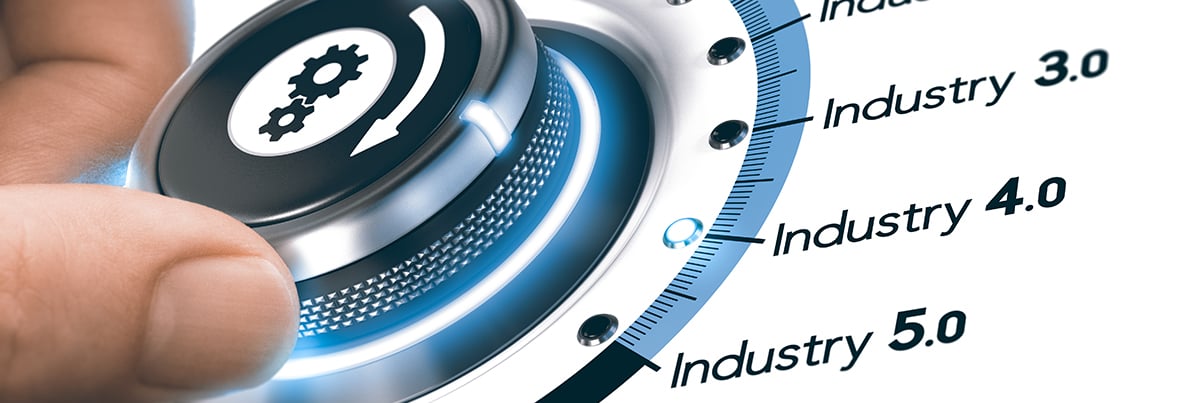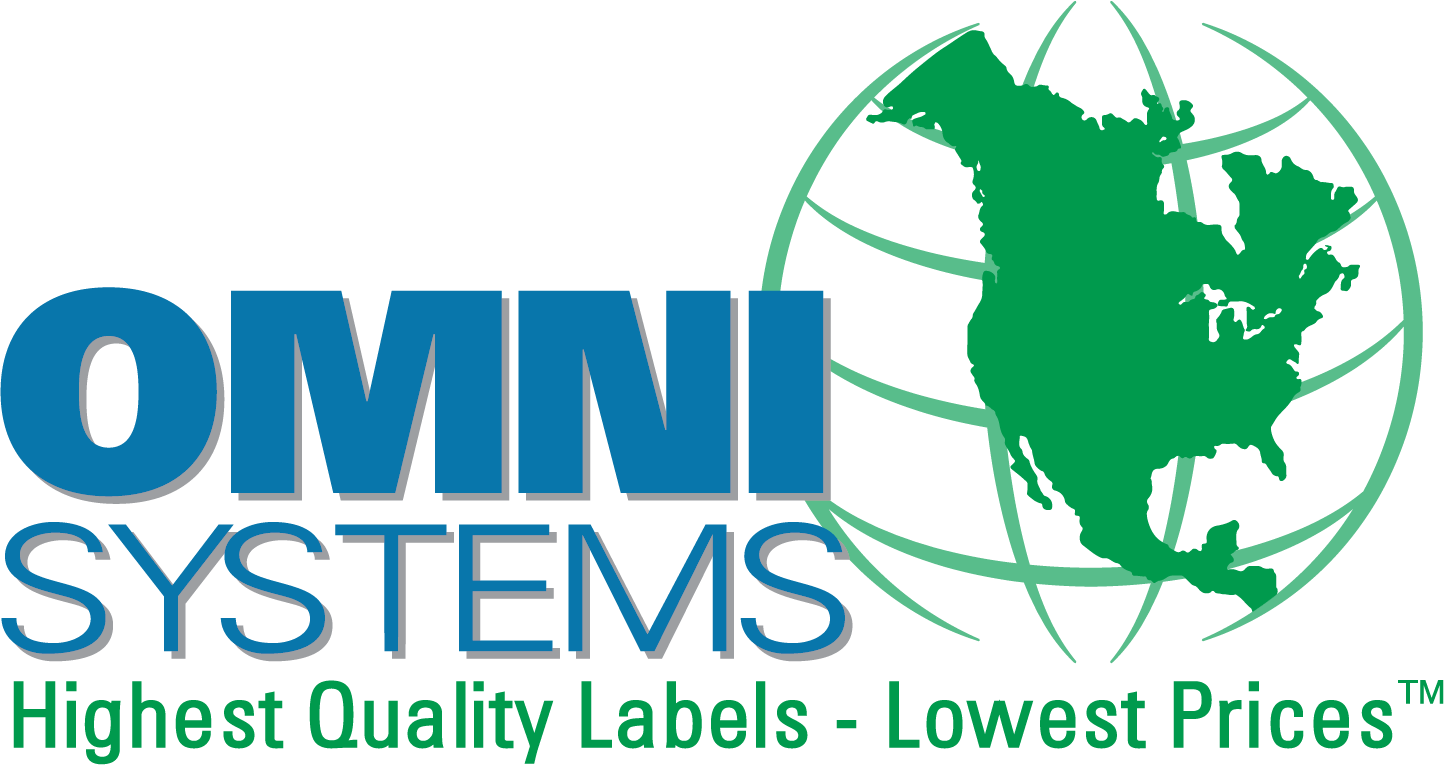
The next time you walk into your warehouse or your production facility, take a good look at the machines and electronic systems that surround you. It’s likely you know what this equipment was originally designed to do, and why it’s part of your operation. But engineers and designers have now made it possible for many types of equipment – and even end-use products and containers – to be analytical, predictive and communicative. For you and your business, the implications are profound.
We’re talking about Industry 4.0, the next step in an industrial revolution that dates back more than 200 years. Today, 4.0 technology has endowed things like commercial and industrial machinery, cars, household appliances and more with abilities to self-diagnose and communicate in real-time.
Industry 4.0 uses new techniques and applications to essentially embed technology within products and processes. Within a production or distribution environment, such technology generally is integrated in the following ways:
- Connectivity. Remote-controlled operations, advanced sensors and connected systems and equipment can monitor and detect issues, and even self-diagnose.
- Smart materials and production methods. Think robotics, distributed power generation, additive manufacturing and more.
- Big data and computational processing. This includes things like data analytics and processing, artificial intelligence, cloud computing and more.
How to Get on Board With Industry 4.0
The potential benefits of integrating Industry 4.0 technologies are significant and include cost and waste reductions, increased productivity and a better ability to customize products for specific customer needs.
If this all seems overwhelming, don’t fear; integrating 4.0 technology and processes is within your grasp, no matter the size or scope of your business.
At OMNI Systems, we have invested substantially in leading-edge technology that has streamlined our production processes, enabled greater insight into efficiency metrics and greatly reduced overhead expenses—all without compromising quality one iota. We’ve integrated automation systems, label data verification solutions, video inspection units and more. Specifically, we utilize machine performance reports, as well as machine and operator OEE reports, to analyze our operations with the goal of achieving maximum efficiency. Additionally, we constantly monitor proper production speeds and scrap and maintain less than 1 percent scrap. All this is tracked in our ERP system and analyzed regularly. While these technologies and processes in their current form help us today, they can be adapted and enhanced to include advanced 4.0 capabilities in the years to come, which is our expectation.
For your business, consider two initial steps down the 4.0 path:
- Explore ways to leverage business analytics: Analytics are used to measure the performance of your business. While Industry 4.0 technologies and solutions can generate mountains of data, proper analytical procedures and methods can put the right data sets into context and potentially reveal insightful patterns and trends to give your business a competitive advantage.
- Reduce costs: Not all Industry 4.0 technologies are expensive; in fact, things like sensors that attach to packaging are by almost any measure inexpensive. Yet, there’s still up-front cost for any capital investment, so it’s wise to identify other areas of your business where excess costs could be reduced. In turn, you can apply that savings to strategic 4.0 technology investments.
Do you have questions about direct thermal labels, thermal transfer labels, water-activated tape or other labeling needs? Please contact David Irwin, Vice President of Business Development, at 216-377-5169 or email David.




